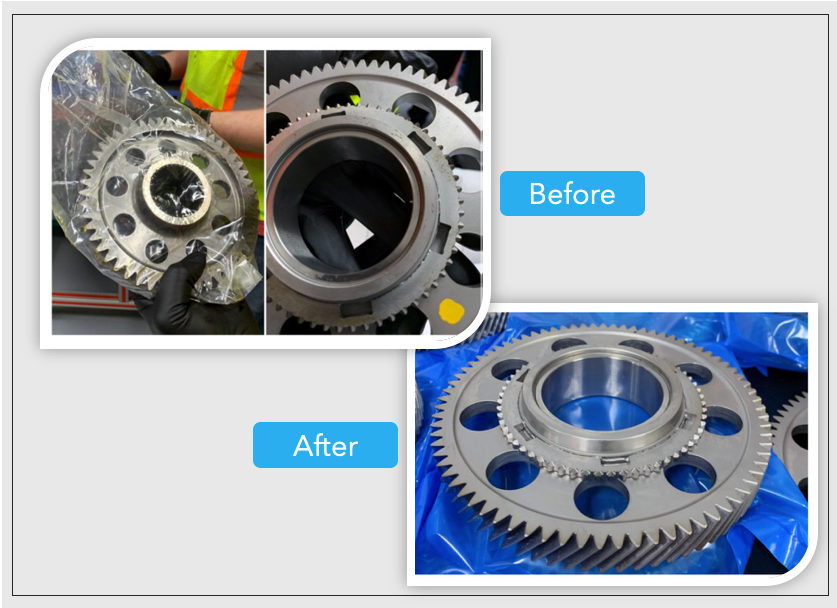
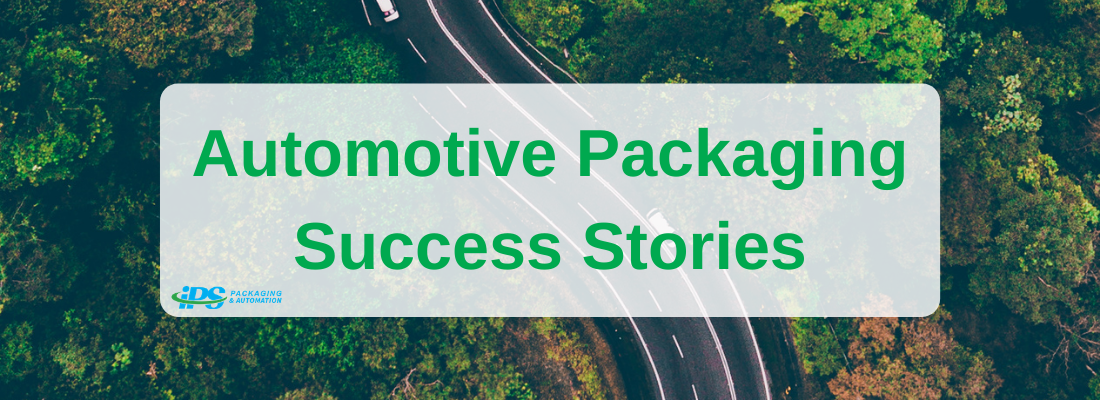
Automotive Packaging Success Stories
The automotive industry has a long history and tradition in the United States, but along with this come some unique needs in terms of shipping, handling, storage, and the entire supply chain. Learn how we assisted five of our customers with their automotive packaging needs in the following case studies. Our team helped each of these clients stop wasting their time and money and helped them instead maximize their cost savings and improve their throughput.
Case Study #1:
Client: OEM Fuel Tank Manufacturer 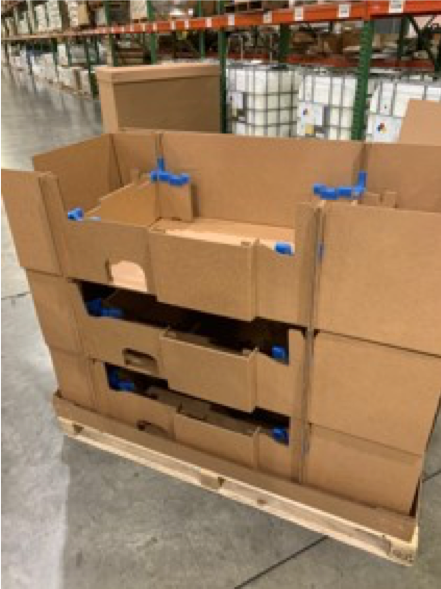
Problem: The manufacturer’s packages were being sourced from an overseas vendor, which meant costly products and longer delivery times. Additionally, the design of these packages was limited and meant they could only be used with one type of fuel tank, instead of multiple.
The IPS Solution: The team at IPS diligently worked to redesign this customer’s packaging. Our redesign allowed the manufacturer to accommodate a wide variety of different fuel tanks with just one kit. Better yet, as an American distributor, we were able to source all packaging materials from right here in the United States.
Results: Because all of their automotive packaging materials are now sourced domestically, shipping lead times are much shorter and the overall transit costs are much lower than with international freight. On top of all this, IPS was able to minimize the total storage area needed to stock these kits. Because one package can be used for multiple fuel tanks, there aren’t as many kits taking up space in the warehouse. Further, the actual quality of the packaging material is much better than that of what was supplied by the company’s original international supplier. This is due to IPS removing metal staples from the kit that came in contact with the fuel tanks, minimizing the chances of scratches and scrapes.
Case Study #2:
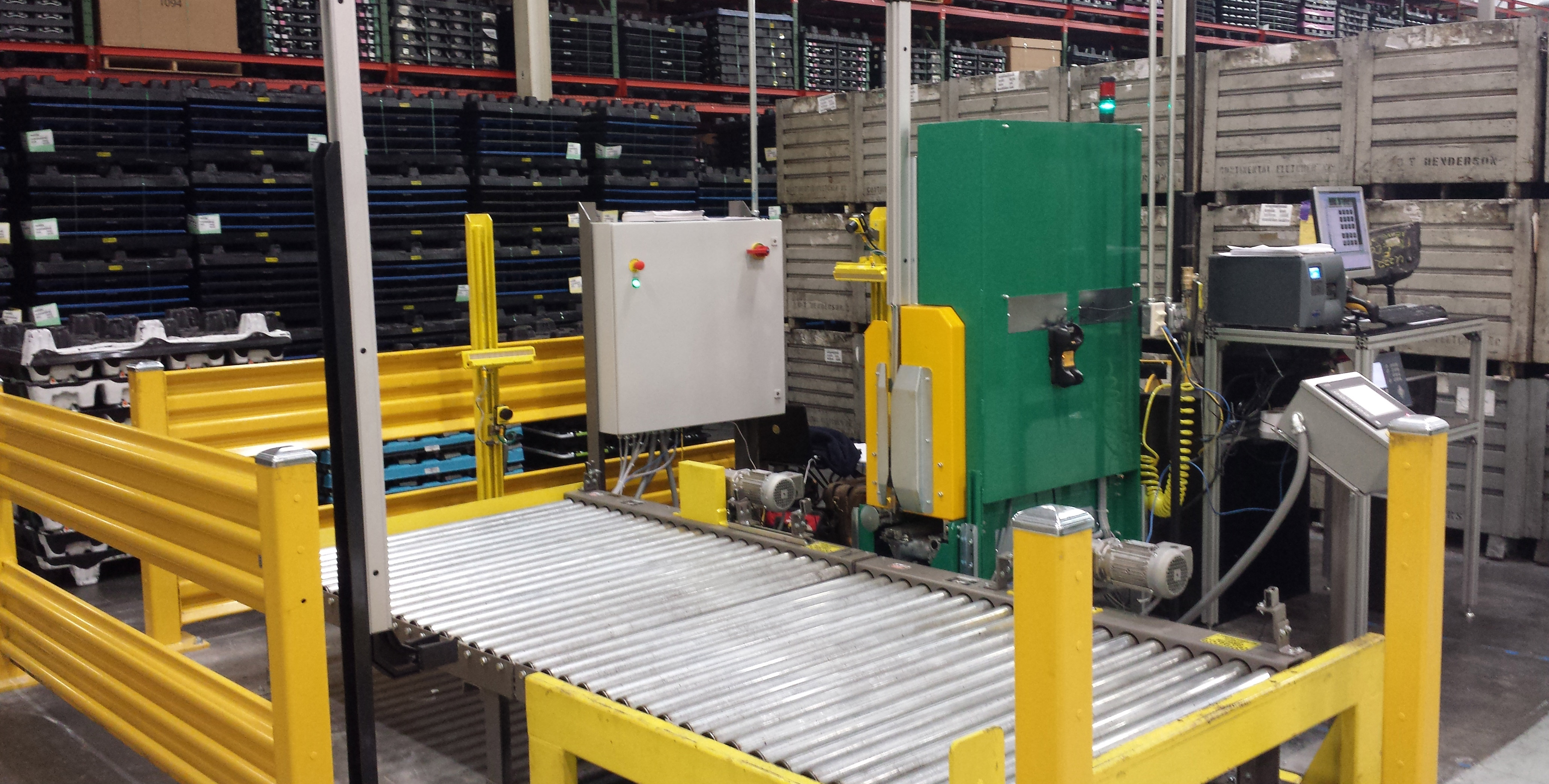 Client: Brake Caliper Manufacturer
Client: Brake Caliper Manufacturer
Problem: The manufacturer was using manual labor to weigh, strap, and label every pallet before shipping them out. This took up significant amounts of unnecessary time and was an inefficient way to perform these tasks. At the same time, the pallets were not being stored effectively or efficiently.
The IPS Solution: Our team worked with the customer to help in automating their entire system. In doing so, we added a second strapping machine, as well as accumulation conveyors that moved the drop off point to the end of the assembly line, which minimized travel time. Additionally, IPS also implemented a load verification scale, labeler, and a camera to provide photographic proof that the pallet is strapped and labeled before shipment.
Results: The newly automated system weighs, straps, and labels each pallet without manual labor. On top of this, it automatically selects the correct drop off point for each product in the customer’s narrow aisle setup. This allows the caliper manufacturer to track pallets in the system, turn them when needed, and deliver each pallet to the correct location for storage or pick up. The built-in camera also allowed the customer to reduce complaints from their own clients.
Case Study #3:
Client: Tire Manufacturer
Problem: The customer’s throughput was too low and manual labors spent strapping tires were too high. The manufacturer wanted to improve each of these.
The IPS Solution: IPS implemented an automated automotive packaging system that fed tires into an infeed strapper. Inside this machine, the strapping process was initiated. A carrier collected the tires, clamped and lifted them, and then placed them onto a line with a top seal strapping machine. 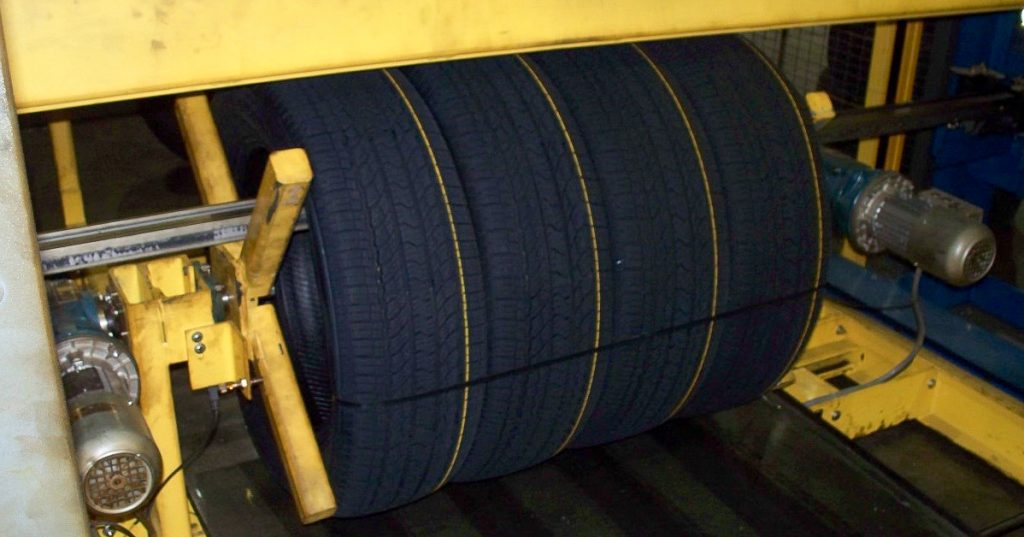
Results: The manufacturer’s new automated, continuous strapping sequence requires fewer employees to operate and moves faster than the old system, which increases their throughput. This has saved them thousands of dollars and numerous labor hours when compared to their previous methods.
Case Study #4
Client: OEM Automotive Manufacturer
Problem: Due to their racking and delivery needs, the manufacturer could not use standard returnable totes with their console and dash assemblies. Further, the client needed the ability to make changes within the kit when models were updated.
The IPS Solution: The engineering team at IPS worked with the manufacturer and their raw data in order to develop a reusable kit. This kit utilized Class A foam components to divide the parts into a more organized, user-friendly solution.
Results: The reusable kit allowed the vehicle manufacturer to make changes as needed and improve delivery of the kits and their components, particularly the smaller automotive packaging parts that were previously difficult to reach.
Case Study #5
Customer: Automotive Business Using Metal Parts
Problem: The customer’s existing rust prevention process was messy, toxic, and expensive. Despite the company’s attempts, the process did not stop rust from occurring due to inadequate application of rust prevention liquids.
The IPS Solution: IPS utilized materials from Armor Protective Packaging to completely update the customer’s process and the automotive packaging products being used to prevent rust. We helped them implement materials like Armor Wrap, Armor Poly, desiccants, and Dry Coat RP.
Results: The metal-based parts are no longer becoming rusty during storage or transit. Better yet, the company is experiencing lower costs and doesn’t need to use toxic materials during any of their processes. Their estimated cost savings are more than $80,000 annually.
